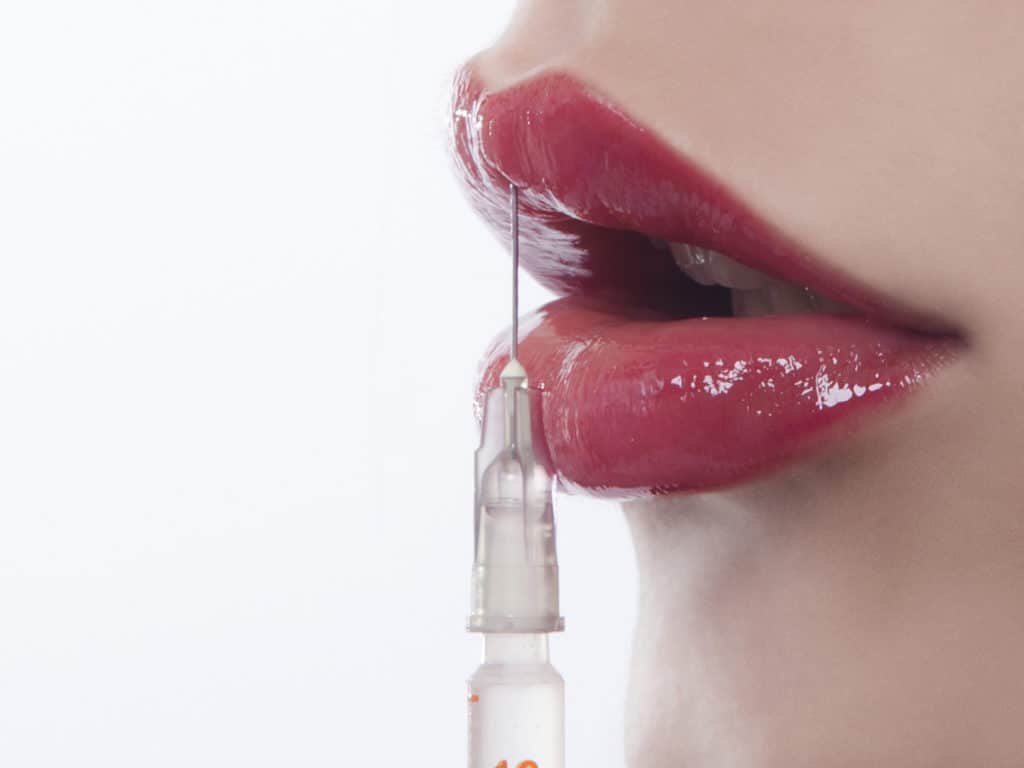When you hear the word “Botox” what is the first thing you think of? Most people think of Botox and its cosmetic use for treating the lines and wrinkles seen in the forehead or crow’s feet. Some people associate its use with looking fake or being “too done”, others think of botulism (oh my!). Did you know that Botox was not initially intended for cosmetic use and that it is actually used to treat many other medical conditions today? Do you know how Botox works? (I won’t lie, before I started working in the healthcare industry, I didn’t even know how it worked, but I did know that I would eventually make my way to that patient chair, ready and willing to receive it.)
The truth is Botox really is a miracle drug and its use extends far beyond just cosmetic procedures, it has been around for quite a while, and it is safe to use (when left to trained professionals of course!). I want to debunk some of the myths surrounding Botox, but before I do that, let’s go back to its origin as this is where the greatest myth arises.
Botox Origin
Botox is derived from Clostridium Botulinum, a bacterium that occurs naturally in many settings including soil, lakes, and the intestinal tracts of mammals and fish. Under the right circumstances, it can also occur in improperly prepared home-canned and fermented foods, or in one recent outbreak, nacho cheese sauce from a gas station in California (yuck!). Infection with Clostridium Botulinum can cause a rare disease called Botulism. Botulism starts by paralyzing the muscles of the face, mouth and throat before spreading to the rest of the body, including the muscles used for breathing. This is how infection with Botulism can become deadly. An outbreak of botulism in the late 1800s in Belgium lead a Belgian scientist named Emile Pierre van Ermengem to its discovery. The victims became infected after eating improperly prepared ham.
Due to Clostridium Botulinum’s known effect of paralyzing muscles, two researchers became interested in it for two different reasons in the 1960’s. Alan Scott, an ophthalmologist was looking for a treatment for strabismus (also known as crossed eyes). Ed Schantz was a scientist working for the U.S. biological weapons program, whose interest in the bacteria was for military purposes… but that is a different story. Schantz was able to reduce a minuscule amount of Clostridium Botulinum down to a crystallized form called botulinum toxin, and when mixed with a sterile solution such as saline, could be administered safely in small doses to a targeted area.
The Miracles
During research on the use of botulinum toxin to relax crossed eyes in the 1970’s, researchers noticed a decrease in wrinkles around the injection sites, specifically in the area between the eyebrows above the nose, also known as the glabella (Ah-hah! This is how cosmetic Botox as we know it today was discovered!). Botulinum toxin was approved by the FDA for treatment of crossed eyes and twitching eyelids in 1989. Since then doctors and researchers have found many other safe and effective uses for Botulinum toxin, including the treatment of chronic migraines, overactive bladder, severe neck spasms, and excessive under arm sweating to name a few. Some off-label uses of Botox currently being investigated include the treatment of painful sex for women and premature ejaculation for men (it truly is a miracle drug!).
Botox cosmetic is FDA approved to temporarily make moderate to severe frown lines, crow’s feet and forehead lines look better in adults. It can also be used in other areas of the face to smooth out fine lines and wrinkles caused by other muscles, such as around the mouth or on the nose.
How Botox Works
When injected in tiny amounts into a targeted muscle, such as the forehead or the muscles that cause a frown line between your eyes, Botox temporarily reduces the muscles ability to contract or move. In other words, Botox works by temporarily relaxing the muscle that has caused the wrinkle. If the wrinkle is not etched or too deep, visible smoothing may be seen quickly. Etched lines or wrinkles may smooth over time with repeated Botox treatment.
The Myths
- Can I get botulism from Botox?
There have been no reported cases of botulism following the cosmetic use of FDA approved Botox administered by a trained and licensed healthcare provider. According to the Centers for Disease Control and Prevention (CDC), you have a better chance of getting botulism through ingesting that nacho cheese sauce at the gas station. If you’d like more information on all of the crazy ways you can get botulism click here.
- Will I look frozen or fake after treatment with Botox?
Nope (not unless you prefer a frozen forehead, and that’s okay too)! Every person’s skin is different, some people have fewer lines and wrinkles than others, and not everyone has the same problem area. This is why it is important to find a trained and licensed healthcare provider who is experienced in Botox injections, as they can come up with a treatment plan that is tailored to you and your aesthetic goals.
- Will I look worse after the Botox wears off?
Nope. The effects of Botox generally last around 3 months, and once they wear off you will go back to the way you looked before treatment. Chances are though, you will have loved the smoother and more refreshed appearance Botox gave you and you will find yourself making that appointment for your next treatment!
Let us help you achieve a more youthful appearance with Botox! If you are interested in receiving Botox treatment please call us to schedule your consultation today at 708 524 1400, or fill out one of our patient contact forms.



